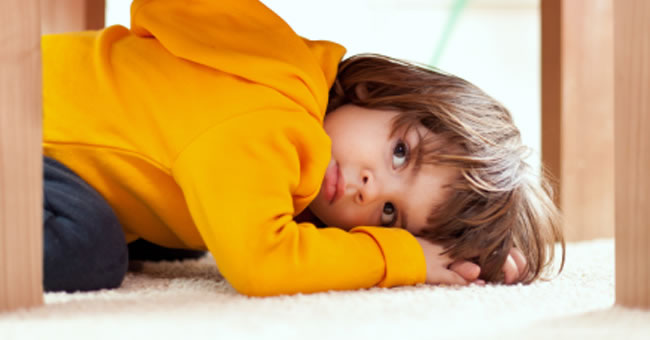
Challenging behavior is something many parents and teachers have to deal with every day. From biting and hitting to throwing tantrums and refusing to cooperate, challenging behavior often disrupts and negatively affects a family's homelife and the classroom learning environment. If you're looking for ways to stop and prevent challenging behavior from occurring in your home or classroom, understanding what actually causes challenging behavior is a good place to start.
According to Rachel Wagner Sperry, MSW, with the Devereux Center for Resilient Children, the ICK in a child's life can cause challenging behavior. "ICK refers to the negativity or risk factors in an individual's life," explains Sperry in FLIP IT!® Transforming Challenging Behavior. "ICK includes factors within ourselves, our families, and our environment that make us feel bad and less able to handle challenges."
The Three Types of ICK
- Within Self (Internal) ICK – Low self-esteem and learning disabilities are two examples of factors that may cause this type of ICK.
- Family ICK – Two examples of factors that cause Family ICK is when parents divorce or there is financial stress in the family.
- Environmental ICK – Watching violent TV shows or witnessing/experiencing bullying at school are two examples of how a child's environment can cause ICK.
The Two Ways Children Respond to ICK
- FLIP INs – This type of response happens when a child keeps his or her feelings inside and ends up expressing those feeling with self-destructive behavior (e.g., hiding under a table or refusing to speak). It's important to remember that healthy coping strategies (e.g., running or yoga) can become FLIP INs if the behavior/strategy becomes an obsession.
- FLIP OUTs – When a child's negative feelings come out in unhealthy or damaging ways (e.g., hitting or destroying toys), FLIP OUTs occur. This type of response is more obvious and typically gets more attention than FLIP IN behaviors. However, FLIP OUT behaviors can become a crutch to children if they realize the behavior helps them get what they want.
Read FLIP IT!® Transforming Challenging Behavior for more information on how you can effectively respond to challenging behavior in the classroom and at home. Be sure to also check out the other articles in the Challenging Behaviors category of our Insights and Inspirations section.
